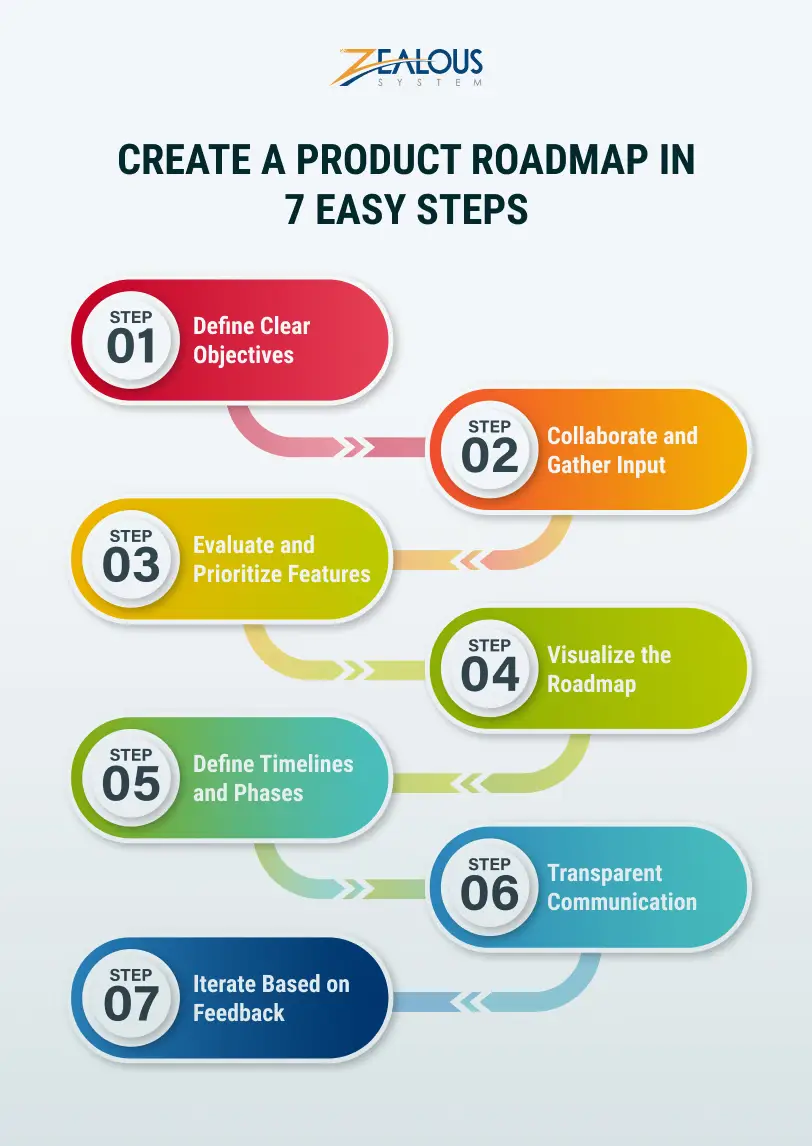
- Company
- Services
- UI/UX Design Services
- Microsoft Dynamics 365
- Mobile App Development
- AI Software Development
- Web App Development
- Generative AI Development
- Digital Product Development
- Enterprise Mobility
- SaaS Application Development
- Application Integration
- White-label WP Maintenance
- ERP Software Solutions
- Software Testing
- Offshore Development Center
- Let’s Connect
- Trending
- Technology
- Industry
- Build Your Team
- Our Work
- Company
- Services
- UI/UX Design Services
- Microsoft Dynamics 365
- Mobile App Development
- AI Software Development
- Web App Development
- Generative AI Development
- Digital Product Development
- Enterprise Mobility
- SaaS Application Development
- Application Integration
- White-label WP Maintenance
- ERP Software Solutions
- Software Testing
- Offshore Development Center
- Let’s Connect
- Trending
- Technology
- Industry
- Build Your Team
- Our Work
We use cookies and similar technologies that are necessary to operate the website. Additional cookies are used to perform analysis of website usage. please read our Privacy Policy
Guide to Product Roadmap: What is It and How to Create?

A product roadmap serves as a strategic blueprint detailing the envisioned evolution of a product or solution. Product owners leverage roadmaps to articulate forthcoming functionalities and the planned release schedule for new features. In the context of agile development, a roadmap plays a vital role in offering essential context to the team’s day-to-day tasks, ensuring adaptability to changes in the competitive industry.
Building a successful product roadmap is vital for aligning short-term tasks with long-term business objectives. It serves as a crucial tool for ensuring that every member of your team remains focused on the collective goal. Therefore, grasping the significance of a roadmap and mastering the art of creating an effective one are paramount for fostering cohesion and progress within your team.
What is a product roadmap?
A product roadmap is a high-level, visual representation of your product’s future direction. It outlines the key features and initiatives you plan to develop, their estimated timelines, and how they contribute to your overall product strategy. It’s not a fixed schedule, but rather a flexible guide that adapts to changing market trends, user feedback, and internal priorities.
Why are Product Roadmaps Important?
Product roadmaps play a pivotal role in the success of any product development initiative. Here are key reasons why they are essential:
Alignment:
A product roadmap ensures that all stakeholders, from development teams to marketing and sales, are aligned with the overall vision and goals of the product.
Communication:
It serves as a communication tool, clearly conveying the product strategy, timeline, and major milestones to internal teams and external stakeholders.
Prioritization:
With a well-structured roadmap, teams can prioritize features and functionalities based on business goals, customer needs, and market trends.
Flexibility:
A dynamic roadmap allows for adjustments as circumstances change, ensuring adaptability to evolving market conditions and customer feedback.
Transparency:
Product roadmaps provide transparency into the development process, fostering trust among stakeholders and enabling informed decision-making.
What to Include in a Product Roadmap?
A complete product roadmap includes key elements to provide a holistic view of the product’s journey. These elements typically include:
- Product Vision and Strategy: Clearly articulate the overall vision and strategic goals behind the product.
- Themes or Initiatives: Group related features or functionalities into themes or initiatives to provide a high-level overview.
- Timeline or Release Plan: Outline the timeline for major releases, including milestones and delivery dates.
- Features and Functionalities: Break down the roadmap into specific features and functionalities, prioritized based on importance and dependencies.
- KPIs and Success Metrics: Define key performance indicators (KPIs) and success metrics to measure the effectiveness of the product’s development.
- Resource Allocation: Specify the resources, including personnel, technology, and budget, required for each phase of development.
How to Create a Product Roadmap?
Developing a product roadmap involves a strategic and detailed process. Here are seven basic steps to create successful product roadmap:
Step 1. Define Clear Objectives:
You can start by conducting a detailed analysis of both short-term and long-term business objectives. Establish specific, measurable, and achievable goals that provide a solid foundation for your product roadmap. Once you’ve defined your goals, make a product roadmap that strategically aligns with these objectives to ensure a purposeful and effective journey toward success.
Step 2. Collaborate and Gather Input:
Start collaborative sessions with cross-functional teams, stakeholders, and subject matter experts to build your product roadmap. Engage in in-depth discussions to gather a diverse range of insights, ideas, and feedback that capture the collective intelligence of your organization.
Step 3. Evaluate and Prioritize Features:
You need to conduct a thorough evaluation to create a product roadmap, assessing potential features based on criteria such as business value, customer impact, and technical feasibility. Implement a systematic prioritization process, considering factors like market demand and strategic alignment with overall business goals.
Step 4. Visualize the Roadmap:
Utilize advanced visual tools such as Gantt charts, swimlane diagrams, or interactive roadmaps to create a product roadmap. Employing these tools not only enhances clarity but also allows for a dynamic representation of dependencies, helping stakeholders better comprehend the project’s intricacies.
Step 5. Define Timelines and Phases:
Break down the product roadmap into granular phases, each with its own set of timelines, milestones, and dependencies. This approach helps make the product roadmap more manageable and facilitates effective project management.
Establish a detailed project timeline, ensuring that each phase is strategically sequenced and aligned with overarching business strategies. By meticulously organizing the roadmap in this manner, you can ensure clarity, focus, and alignment throughout the product development process.
Step 6. Transparent Communication:
Develop a comprehensive communication plan to ensure transparency throughout the organization. Regularly share detailed updates on the roadmap, providing insights into the decision-making process, timeline adjustments, and strategic considerations. Promote an environment where questions and clarifications are actively encouraged.
Step 7. Iterate Based on Feedback:
Implement an iterative feedback loop that involves regular reviews and adjustments to the roadmap. Leverage continuous feedback from stakeholders and team members to refine the plan, accommodating changes in market conditions, trending technologies, or unforeseen challenges. Maintain a proactive stance towards refining the roadmap based on evolving project needs.
Conclusion
In conclusion, creating a product roadmap is a critical aspect of successful product development. It serves as a guiding light, aligning teams, fostering communication, and providing a structured approach to achieving goals. By understanding what a product roadmap is, recognizing its importance, knowing what to include, and following a systematic process, organizations can navigate the complexities of product development with confidence.
Leverage the benefits of product roadmaps, repeat regularly, and communicate effectively to ensure a smooth journey from concept to delivery. If you’re seeking expert help in building and executing your product roadmap, partnering with a digital product development company can provide invaluable expertise and support throughout the process.
We are here
Our team is always eager to know what you are looking for. Drop them a Hi!
Pranjal Mehta
Pranjal Mehta is the Managing Director of Zealous System, a leading software solutions provider. Having 10+ years of experience and clientele across the globe, he is always curious to stay ahead in the market by inculcating latest technologies and trends in Zealous.
Table of Contents
×


Comments